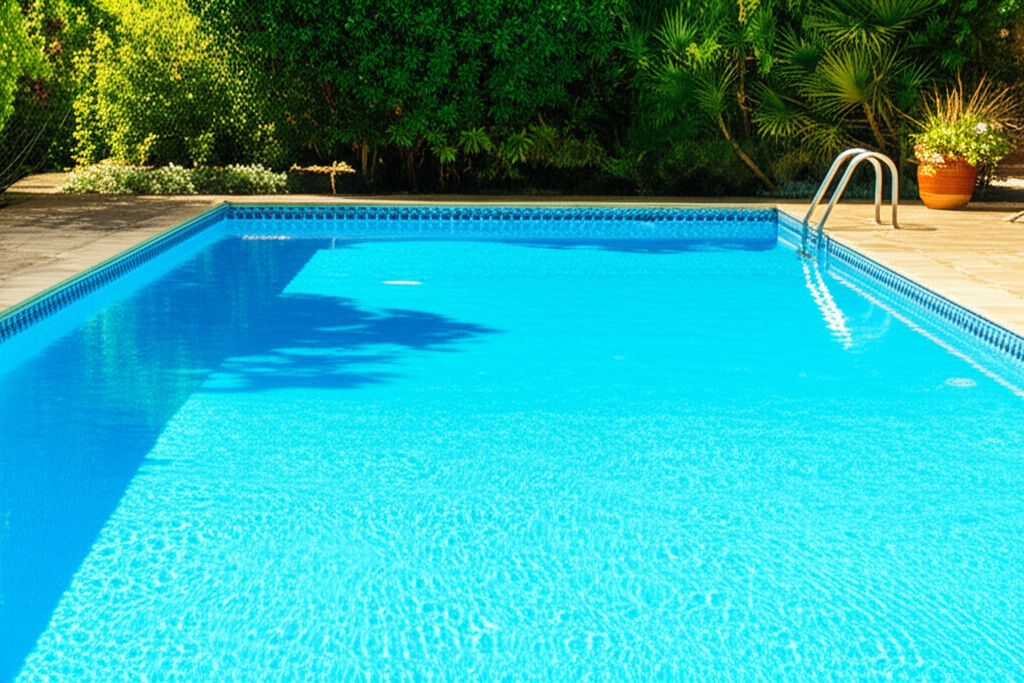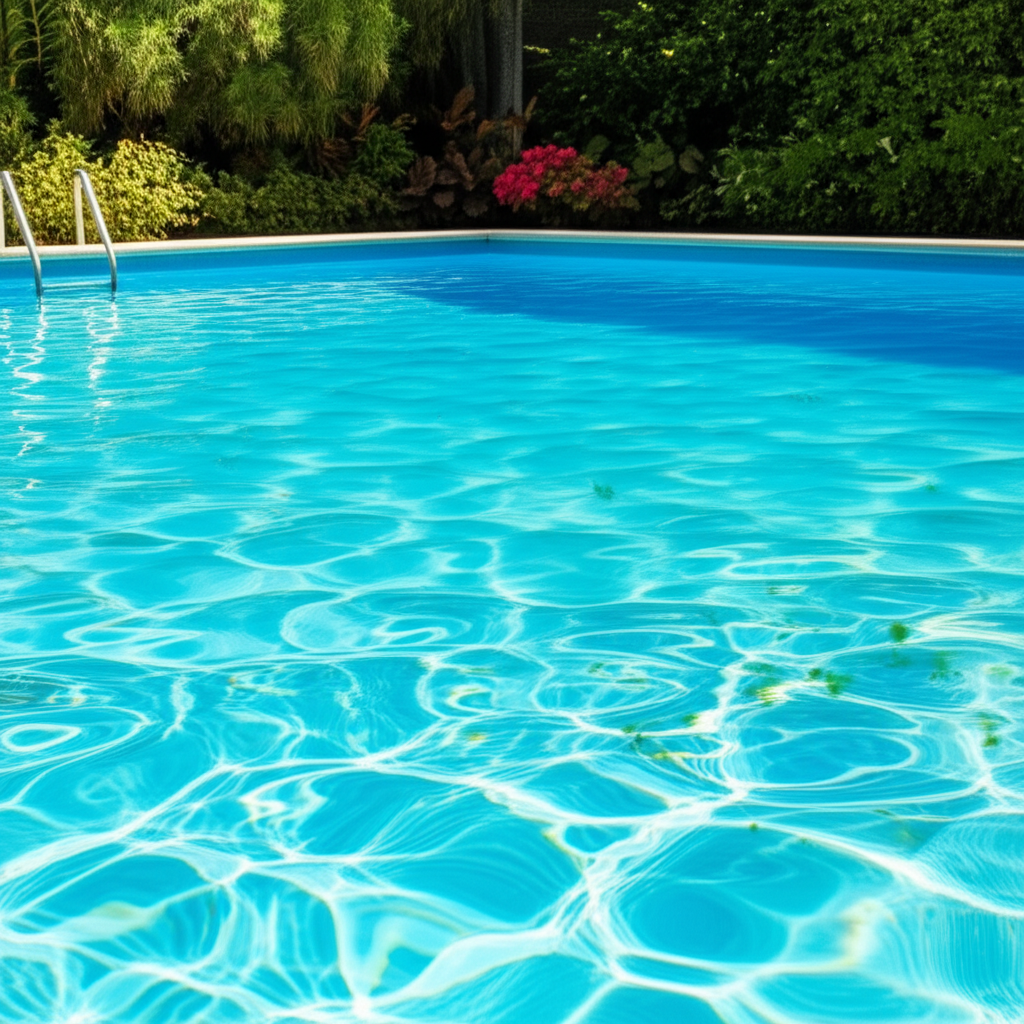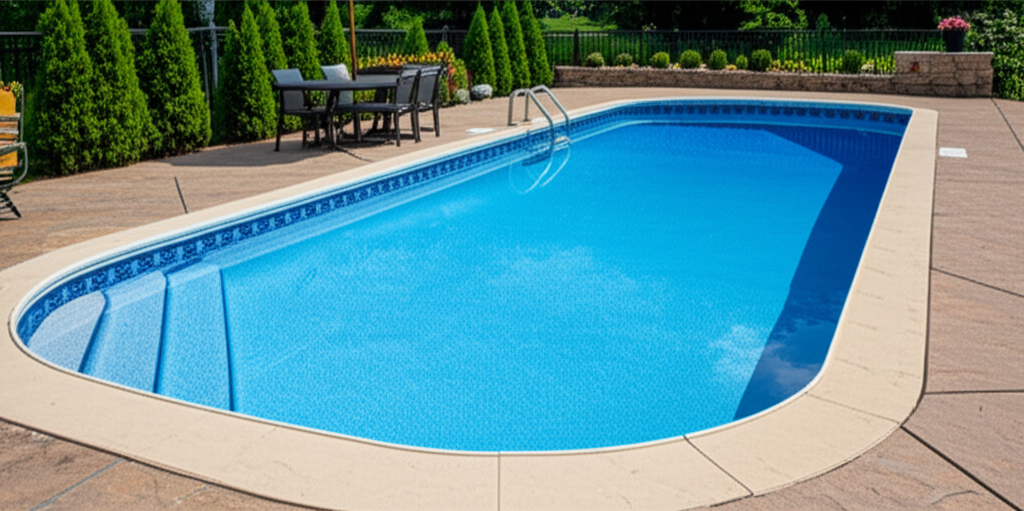- Understanding Phosphates and Their Impact on Pool Water
- The Algae-Phosphates Connection: Why It Matters
- Identifying and Measuring Phosphate Levels
- Utilizing Phosphate Remover for Pristine Water
- How to Effectively Apply Phosphate Remover
- Preventing Future Phosphate Build-Up
Phosphates are often the silent culprits behind persistent algae issues in swimming pools, transforming what should be a sparkling oasis into a murky, green nightmare. Many pool owners tirelessly add algaecides and shock treatments, only to find the problem returning with frustrating regularity. The hidden key to truly clean and clear water often lies in understanding and controlling the levels of these seemingly innocuous compounds. Far more than just a nutrient, phosphates are a primary food source for algae, and until their presence is addressed, effective algae control remains an uphill battle.
Understanding Phosphates and Their Impact on Pool Water
At their core, phosphates are naturally occurring compounds, essential for all living organisms. In the context of your swimming pool, however, they are anything but beneficial. They enter pool water from a surprising variety of sources: decaying leaves, grass clippings, dirt, dust, runoff from fertilized lawns, detergents from swimsuits, certain pool chemicals, and even some municipal tap water. Once in the water, even in small concentrations, they act as a potent fertilizer, dramatically accelerating the growth and reproduction of algae spores.
Imagine trying to clear a garden of weeds while simultaneously fertilizing it – that’s often the scenario in a high-phosphate pool. Algae, whether green, black, or mustard, thrives on phosphates. When phosphate levels are elevated, algae can proliferate rapidly, leading to cloudy water, slimy surfaces, and recurrent blooms that seem immune to standard treatments. This makes managing phosphate levels not just a good idea, but a critical component of a comprehensive pool maintenance strategy.
The Algae-Phosphates Connection: Why It Matters
Algae are photosynthetic organisms, meaning they use sunlight to convert nutrients into energy, much like plants. And just like plants, they have a particular fondness for phosphates. When phosphate concentrations are low, algae struggle to grow and reproduce efficiently. However, when phosphate levels rise, even miniscule amounts, algae enter a growth spurt. They can outcompete other microorganisms and quickly establish a dominant presence in the pool.
Many pool owners discover, to their dismay, that even after aggressive shocking and algaecide treatments, algae often return within days or weeks. This phenomenon is a strong indicator of high phosphate levels. While algaecides kill existing algae, they don’t remove the food source. As long as phosphates are abundant, new algae spores – which are always present in the environment – will rapidly colonize the nutrient-rich water, restarting the cycle of frustration. This continuous battle leads to excessive chemical use, increased filtration time, and ultimately, a higher cost of pool ownership.
Identifying and Measuring Phosphate Levels
The first step to effective phosphate control is knowing if you have a problem. Unlike some other pool parameters, high phosphate levels aren’t always immediately obvious until algae becomes rampant. Fortunately, testing for phosphates is straightforward. Specialized phosphate test kits, available at most pool supply stores, can accurately measure the concentration of phosphates in parts per billion (ppb) or parts per million (ppm).
Ideally, phosphate levels in a swimming pool should be kept below 100 ppb (or 0.1 ppm). Anything consistently above this threshold, and especially above 500 ppb, creates an environment ripe for algae blooms. Even if your pool appears clear, regular testing, particularly during warmer months or after heavy rain, can provide an early warning and allow for proactive treatment before algae takes hold. Persistent cloudiness, even with balanced water chemistry and good filtration, can also be a subtle sign that phosphates are at play.
Utilizing Phosphate Remover for Pristine Water
Once high phosphate levels are confirmed, the solution is thankfully quite effective: a quality Phosphate Remover. These specialized pool chemicals are designed to bind with the dissolved phosphate compounds in the water, converting them into insoluble particles that can then be easily removed by your pool’s filtration system. This process essentially “starves” the algae by eliminating their primary food source.
Phosphate remover typically comes in a liquid form, though granular options and filter media inserts are also available. The chemistry behind these products often involves lanthanum salts, which are highly efficient at reacting with and precipitating phosphates out of the water. Unlike algaecides, which are a treatment for existing algae, phosphate removers are a preventative measure and a long-term solution to the underlying cause of recurrent algae.
How to Effectively Apply Phosphate Remover
Using phosphate remover is relatively simple, but proper application ensures maximum effectiveness:
1. Test Phosphate Levels: Begin by accurately measuring the current phosphate concentration in your pool water.
2. Calculate Dosage: Follow the manufacturer’s instructions carefully to determine the correct amount of phosphate remover based on your pool size and current phosphate levels. Overdosing can sometimes lead to temporary cloudiness.
3. Add to Pool Water: Typically, the remover is poured slowly around the perimeter of the pool or directly into the skimmer with the pump running to ensure good distribution.
4. Circulate and Filter: Allow your pool pump to run for at least 24-48 hours after adding the product. The phosphate remover will bind to the phosphates, forming tiny particles that the filter can capture.
5. Clean Your Filter: After a day or two of circulation, it’s crucial to clean your pool filter (backwash for sand or DE filters, or thoroughly clean cartridges) to remove the trapped phosphate particles. Skipping this step means the phosphates remain in your system.
6. Re-test: After cleaning the filter, re-test your phosphate levels to confirm they have dropped to an acceptable range (below 100 ppb). If levels are still high, a second treatment may be necessary, often at a reduced dosage.
For pools with extremely high phosphate levels (e.g., thousands of ppb), it’s often recommended to apply the remover in smaller, split dosages over several days to avoid excessive cloudiness and to give the filter a chance to keep up.
Preventing Future Phosphate Build-Up
While phosphate removers are excellent for treating existing issues, prevention is always the best strategy. Here are some tips to keep phosphates at bay:
Keep Debris Out: Regularly skim leaves, grass, and other organic matter from your pool.
Clean Pool Toys and Gear: Rinse swimsuits, dive toys, and pool covers before they enter the water to remove dirt and detergents.
Maintain Filtration: Ensure your filter is clean and functioning optimally.
Avoid Fertilizers Near Pool: Be mindful of where you use lawn and garden fertilizers, as runoff can easily enter the pool.
Test Source Water: If you suspect your fill water contains high phosphates, consider using a pre-filter when adding water.
Routine Testing: Incorporate phosphate testing into your regular pool maintenance schedule, perhaps monthly or bi-monthly, and after heavy rainstorms.
By taking these preventative steps and utilizing Phosphate Remover as-needed, you can significantly reduce the potential for algae growth, minimize your need for aggressive chemical treatments, and enjoy a consistently clean, clear, and inviting swimming pool. Investing a little time in understanding and controlling phosphates will pay dividends in sustained water quality and reduced maintenance headaches.




